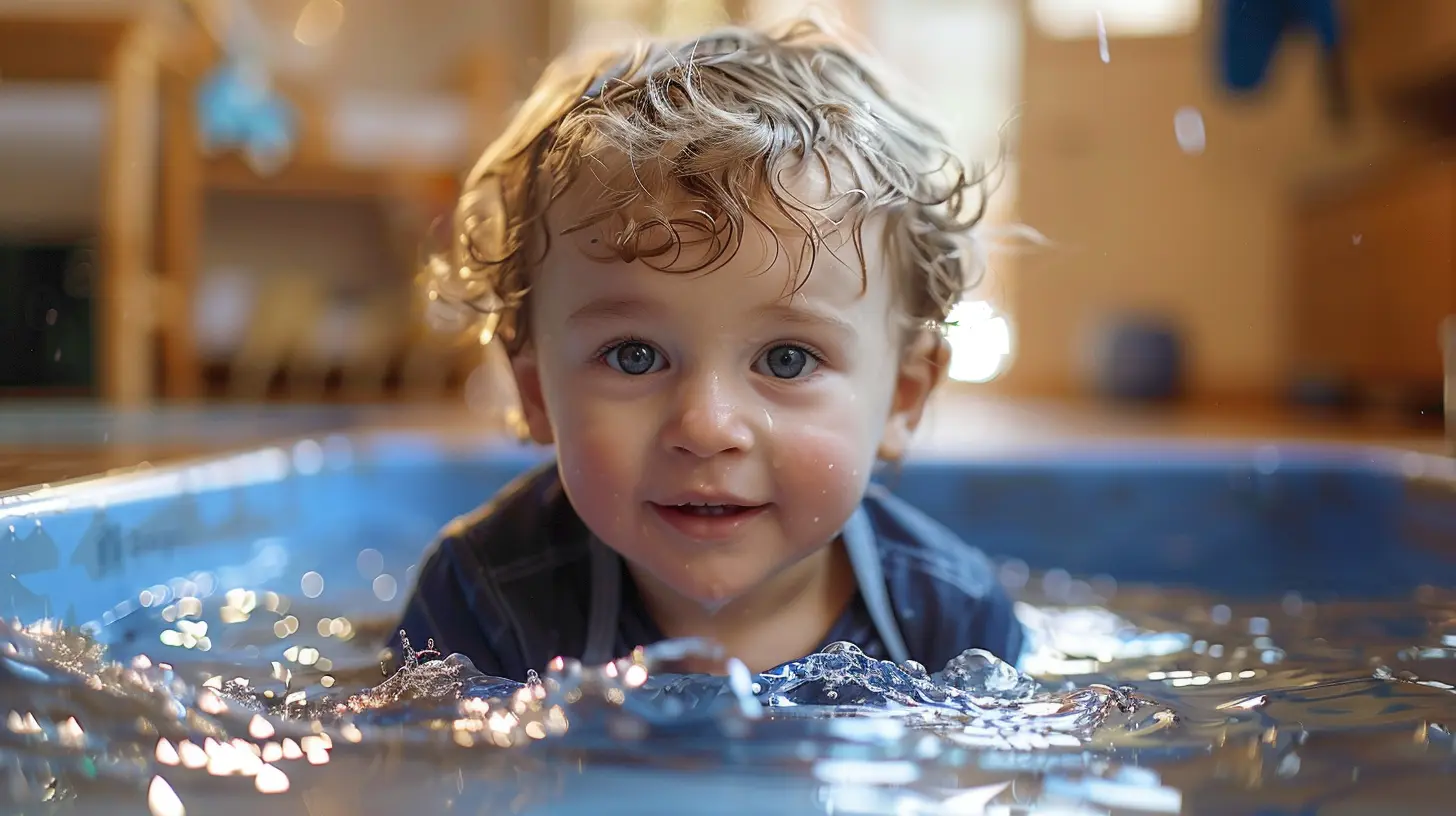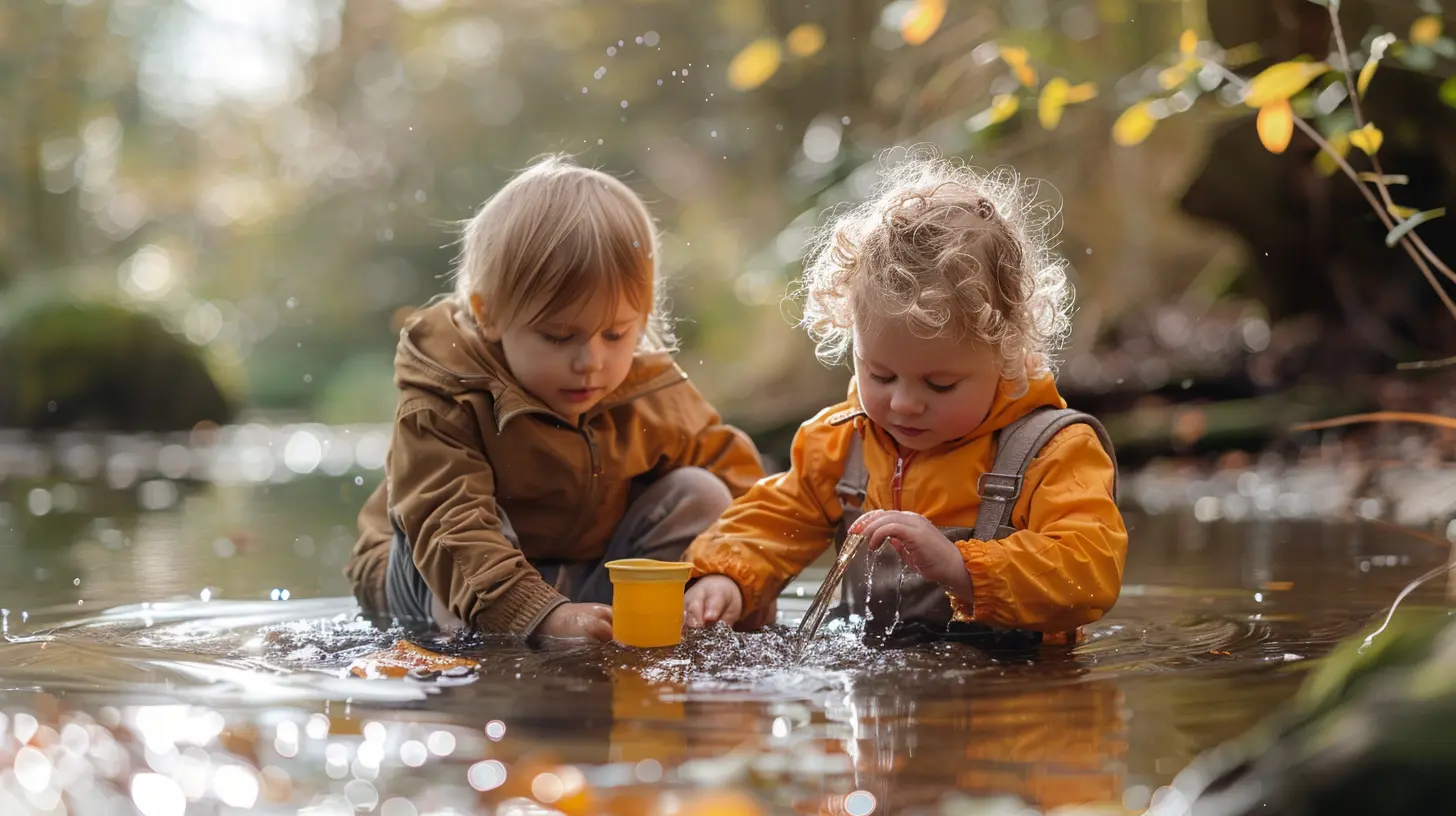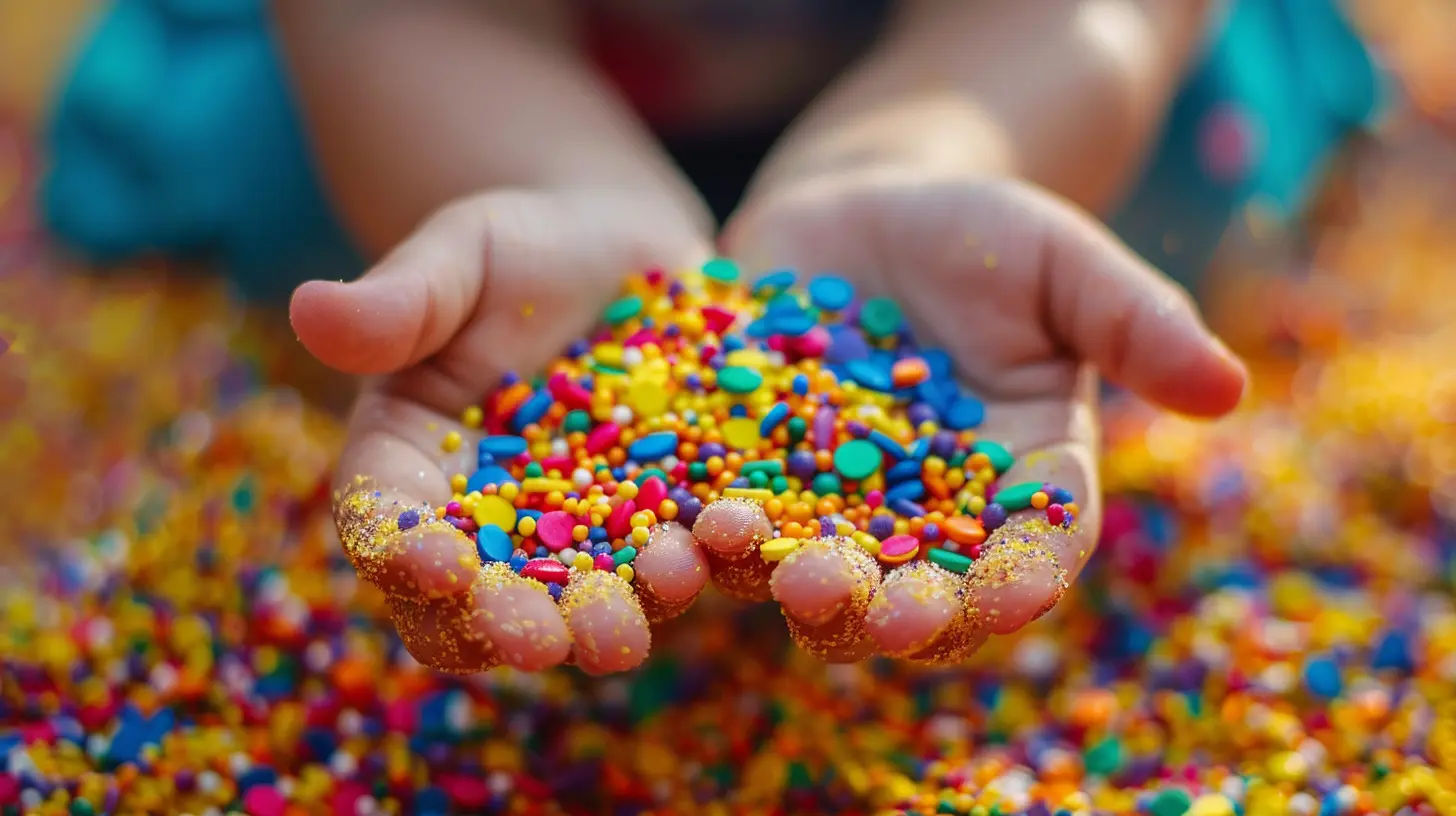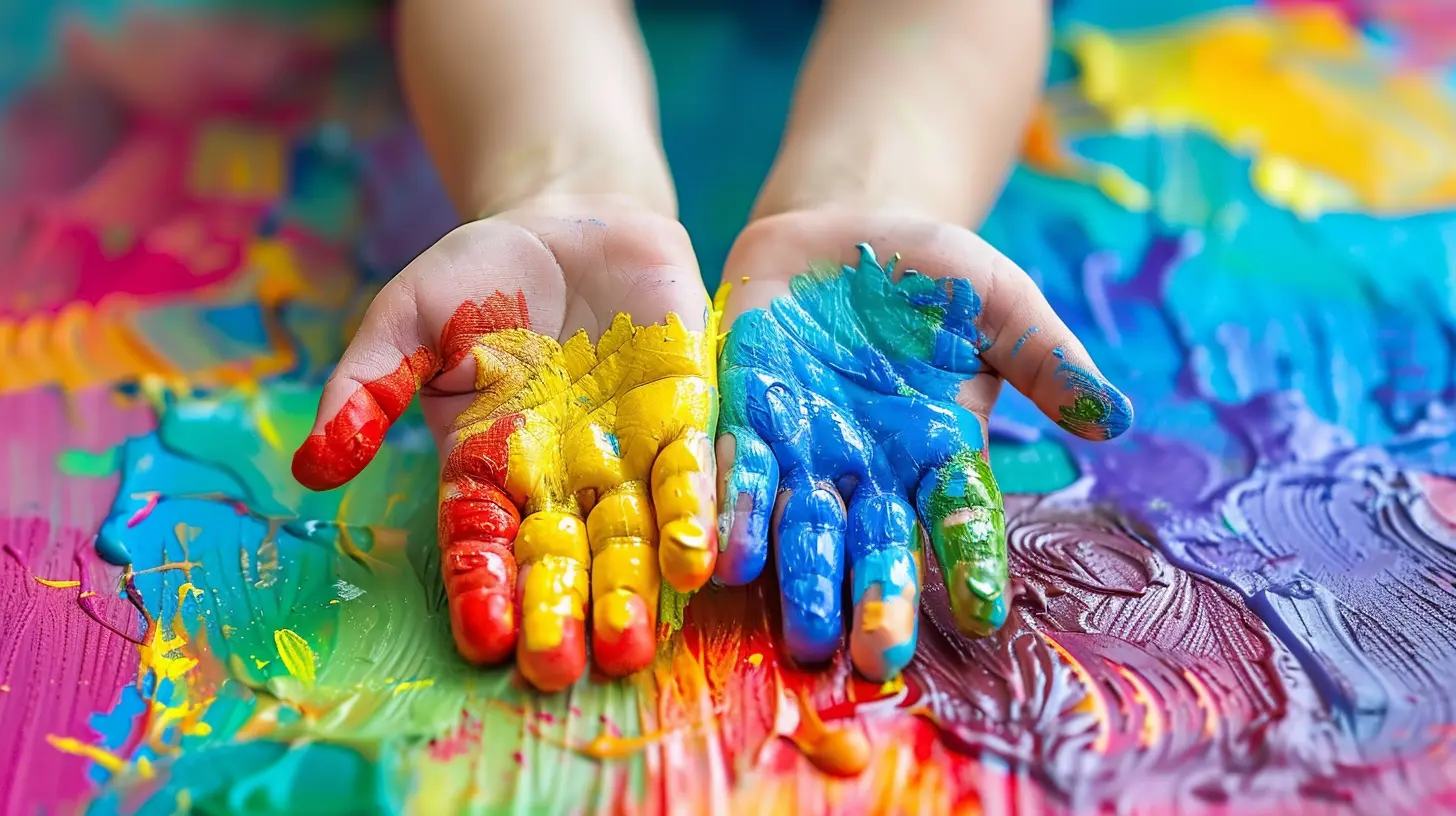The Best Age-Appropriate Activities for Sensory Development
11 June 2025
Sensory development is something parents don’t always think about, but trust me—it’s a big deal. From birth, babies use their senses to make sense of the world around them. The more we nurture those senses, the better they develop.
And guess what? It doesn’t have to be complicated. You don’t need fancy toys or expensive programs—just simple, fun, hands-on activities tailored to your child’s stage of development. Because let’s be real: how often do kids prefer the box the toy came in over the toy itself?
So, let’s break it down by age and get into the best sensory activities for your little one.

Why Sensory Play Matters
Before we dive into the activities, let’s talk about why sensory play is so important.Sensory activities help build nerve connections in the brain. Yep, that’s science. They enhance cognitive growth, fine and gross motor skills, problem-solving abilities, and even language development. Plus, they help kids regulate emotions and responses to stimuli.
Ever wonder why toddlers randomly freak out over things like wet socks? Sensory play helps them process and respond to different textures, sounds, and sensations, making life a little smoother for everyone.
Now, let’s get into the good stuff—activities for each age that will keep your little one engaged and learning. 
Sensory Activities for Infants (0-6 Months)
Babies are like little sponges—constantly soaking in their surroundings. But in these early months, their sensory play is all about simple experiences.1. Tummy Time with Textures
Tummy time is already a must, so why not make it more interesting? Lay down different fabrics (soft blankets, silk scarves, textured mats) and let your baby feel the differences on their skin. It keeps them engaged and strengthens those tiny muscles.2. Gentle Massage with Lotion
Not only is baby massage a great bonding experience, but it also stimulates their sense of touch and helps with body awareness. Use a gentle baby lotion or coconut oil, and give them a light massage, talking to them as you go.3. High-Contrast Cards
Newborns can’t see much at first, but they are drawn to high-contrast patterns. Black-and-white cards or books with bold patterns are perfect for stimulating their developing vision.4. Crinkly Paper Fun
Grab some tissue paper or a crinkly-sounding toy and let your baby feel and hear the noise it makes. That simple sound can fascinate them for longer than you’d expect!
Sensory Activities for Babies (6-12 Months)
By now, babies are grabbing, tasting, and exploring everything. This is the time to introduce more interactive sensory experiences.5. Water Play with Cups
Fill a shallow container with lukewarm water and give your baby small cups or spoons to scoop and pour. It introduces them to different temperatures and textures while helping develop hand-eye coordination.6. Edible Finger Paint
Mix some yogurt with food coloring (or use mashed fruits like blueberries). Let your baby squish, smear, and explore the textures and colors with their fingers. No worries if they eat it—it’s all part of the process!7. Sensory Bottles
Take a clear plastic bottle and fill it with water, glitter, or small colorful beads. Seal the lid tightly (seriously, glue it shut!), and let your baby shake, roll, and watch the magic inside.8. Sound Shakers
Grab an empty bottle and fill it with rice or pasta. Let your baby shake it and discover different sounds. Bonus: You’ve just made a DIY baby instrument!
Sensory Activities for Toddlers (1-3 Years)
Toddlers are full of energy and curiosity. Sensory play at this age should challenge their growing minds while giving them plenty of hands-on exploration.9. Sensory Bins
Fill a large container with things like dry rice, beans, or kinetic sand. Hide small toys inside and let your toddler dig and explore different textures. It’s a mini treasure hunt that engages both their sense of touch and problem-solving skills.10. Mud Play
Yes, it’s messy, but that’s the fun! Let your toddler dig and squish their hands in mud outside. It helps with sensory processing and gives them a natural way to explore textures.11. Ice Cube Painting
Freeze colored water in an ice cube tray with popsicle sticks. Let your toddler paint with the melting cubes. It’s cold, colorful, and completely captivating.12. Smell Jars
Fill small jars with different scents (coffee, cinnamon, lemon peels) and let your toddler sniff each one. It helps them identify smells and builds their sensory memory.Sensory Activities for Preschoolers (3-5 Years)
Preschoolers are all about creativity and imagination. These sensory activities help refine their fine motor skills while encouraging exploration.13. Playdough Creations
Homemade or store-bought, playdough is a classic sensory activity. Add essential oils for a smell boost, or hide small toys inside for an extra surprise.14. Texture Walk
Lay out different materials (bubble wrap, grass, carpet, sand) and let your preschooler walk barefoot over them. It strengthens their sensory awareness and balance.15. Spaghetti Sensory Play
Cook spaghetti and toss it with a little oil (or food coloring for extra fun). Let your child squish, cut, and play with it. It’s a great fine motor activity with a slimy twist!16. Oobleck Magic
Mix cornstarch and water to create a weird, gooey substance. It’s a solid and a liquid at the same time—mind-blowing for little hands!Sensory Activities for School-Aged Kids (5+ Years)
Older kids still benefit from sensory play, especially when it involves creativity and problem-solving.17. DIY Slime
Slime is a favorite for a reason. Make a simple slime with glue and borax, or try a taste-safe version with chia seeds and water.18. Sound Hunt
Go outside and listen carefully. Can they hear birds? Cars? The wind? This activity helps kids become more aware of the sounds around them.19. Gardening
Let them dig in the dirt, plant seeds, and feel different textures. Gardening is hands-on learning at its best!20. Baking Together
Measuring, mixing, and kneading dough all engage the senses. Plus, they get a tasty treat when they’re done!Final Thoughts
Sensory play doesn’t have to be complicated or expensive. The best activities are often the simplest—letting kids touch, taste, hear, and see the world in new ways.By incorporating these age-appropriate activities into daily life, you’re helping your child build a strong foundation for learning, creativity, and emotional regulation. And let’s be real—playing with slime or splashing in water isn’t just for kids. You might just find yourself joining in on the fun!
all images in this post were generated using AI tools
Category:
Infant DevelopmentAuthor:

Maya Underwood
Discussion
rate this article
2 comments
Landon Mitchell
Engaging in sensory activities is like giving your child’s brain a workout. From messy play with textures to nature walks that ignite their sense of smell, these experiences are the building blocks for cognitive growth. Let the exploration begin!
June 15, 2025 at 4:35 AM

Maya Underwood
Absolutely! Sensory activities are crucial for cognitive growth, fostering exploration and learning through hands-on experiences. Let's encourage that curiosity!
Viva McDaniel
This article provides excellent insights into sensory development activities tailored to each age group, promoting cognitive growth through engaging, hands-on experiences.
June 12, 2025 at 4:07 AM

Maya Underwood
Thank you for your feedback! I'm glad you found the insights on sensory development activities helpful for promoting cognitive growth.


